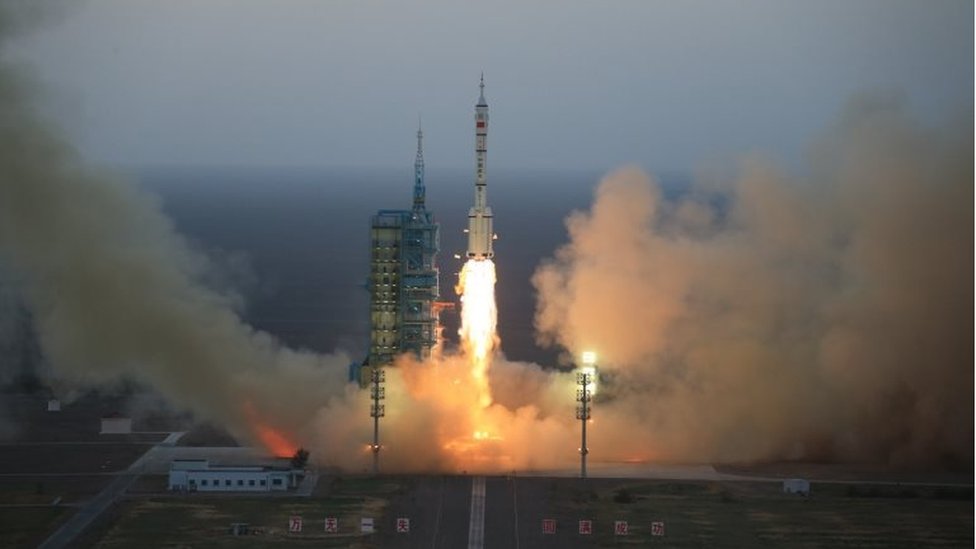hobbsyoyo said:I think you missed my point. Assuming the business case to send people to Mars can close (a big if, granted, but it's what SpaceX is focusing on), then the economic driver of Mars will be Mars development. Martians will be paying each other to build infrastructure and provide goods and services. Yes, much will have to be imported to Mars for a long time but that will largely sort itself out by people buying goods on Earth for shipment to Mars, where it will be sold to Martians who will pay for the goods by working on Mars projects and providing services.
There are very few places on Earth that are entirely self-sufficient and yet are economically viable. I don't think their will be huge amount of goods and services shipped back to Earth but I don't think that's a necessary condition for the venture to work out economically. And none of us can really predict what economic development will come out of the settlement effort. I don't think the 49ers were coming to California so that one day Hollywood and Silicon Valley would develop but they did.
The bolded part is where you are mistaken: SpaceX is focusing on making the trip as cheap as possible. That is good, but it is only one side of a business case: how much you need to invest. But the other side is missing: what is the return on investment? A colony on Mars would be very isolated and a high-demand low-supply economy and anything produced there will only have value on earth. That means that there will be (at least effectively) a Mars currency. Let's call them Mars bucks. So colonists will pay each other in Mars bucks, but those will not have any value on earth at all. Think of it as a country with an extremely negative trade balance with nothing to show for it. That means there will be no economic incentive at all on Earth to invest in Mars. You can earn a a huge number of Mars bucks, but those increase your wealth on earth by exactly nothing. There has to be some kind of (material or immaterial) flow of goods back to earth so that investment can work.
An economic case might an economic case in the future, like a certain good produced on Mars that is so good that it makes sense to send it back to Earth. But until then, the only model I can see working is NASA Mk.2: The government or philanthropists funds the Mars colony (for reasons of idealism or science) and the projects stands and falls with interest of these groups to extend funding.
As red elk pointed out: The economic case for a resettlement to Antarctica is much stronger.
hobbsyoyo said:I'd just like to re-iterate that the cost to go is going to be approximately $200,000 USD in current dollars. If you can afford a home-loan, you should be able to afford to go to Mars. This is not an effort for the ultra rich.
No, a home loan is something very different: First, the bank can have your home as security so that in a healthy housing market the risk is minimal. There is no such security for a trip to Mars. Second, for a home loan, the bank assumes that you will continue your current job and earn money to make your payments. On your trip to Mars you will only earn Mars bucks that can not be used as payment. You might be able to make payments if you are back on Earth, but you might not actually make it back (and facing a huge loan and no means to enforce this loan on Mars you might just chose to stay there). And even if you make it back, you might not be able to take up your old job and are therefore at risk of unemployment.
No sane bank would give you a loan to go to Mars, you are going to have to pay that up front and the people you would like to have as colonists do not tend to have that money.




